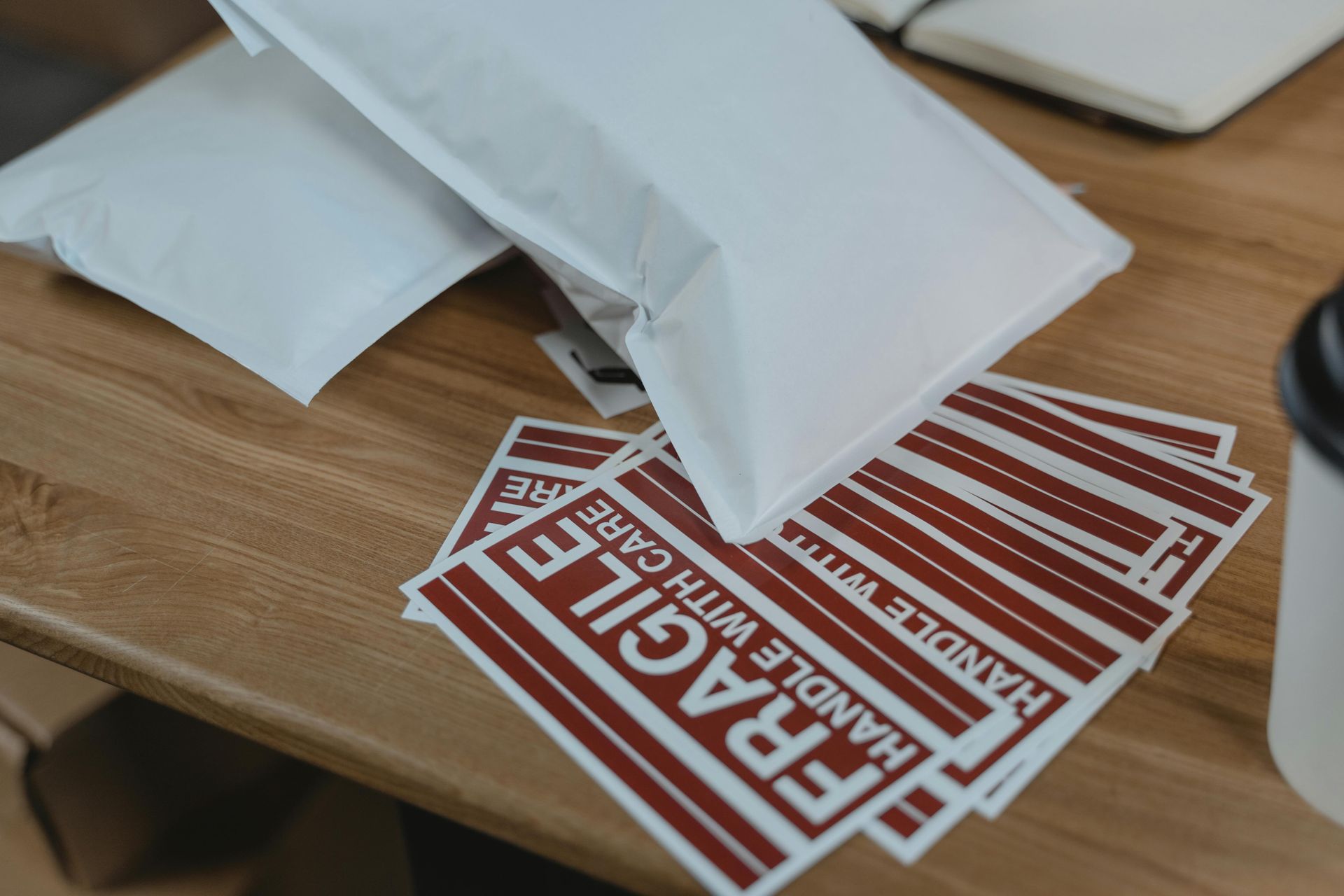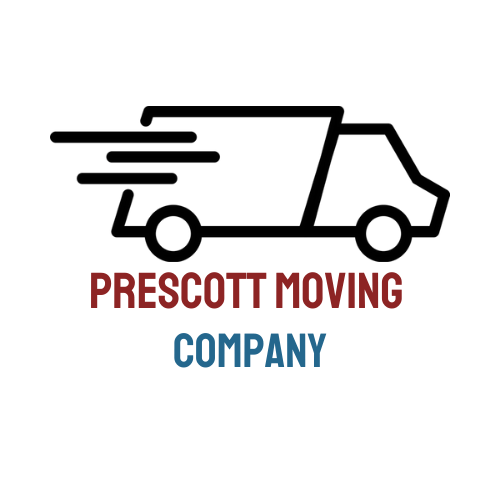Pro Tips for Storing Your Belongings
Moving often comes with a transitional period. Whether you're downsizing, waiting for a new home to be ready, or simply decluttering, a storage unit can be an invaluable resource. However, getting your belongings safely into storage requires more than just tossing them into a truck. Proper preparation is key to ensuring your items remain in the same condition as when you packed them. At Prescott Moving Company, we are more than just movers; we are experts in the entire relocation process, including preparing your items for short-term or long-term storage. A successful storage experience begins with a smart plan for packing, organizing, and protecting your belongings. This guide, filled with our professional advice, will show you how to prepare your items for storage like a pro.
Why Proper Storage Preparation Matters
You might think that packing for storage is the same as packing for a direct move, but there are important differences. Items in storage are often left untouched for months or even years. They are exposed to temperature fluctuations, dust, and the simple wear and tear of being stacked in a confined space. Without proper preparation, you could open your unit to find broken heirlooms, mildewed furniture, or a disorganized mess that’s impossible to navigate. Taking the time to pack and organize correctly from the start saves you from future stress, damage, and financial loss. It ensures that when you’re ready to retrieve your belongings, they are safe, clean, and easy to find.
Packing Strategies for Safe Storage
The foundation of a good storage experience is excellent packing. At Prescott Moving Company, our teams are trained to pack items specifically for the rigors of storage. Here are some of the key strategies we use and recommend to our clients.
1. Gather the Right Supplies
Don't skimp on packing materials. Using old grocery boxes or worn-out containers can lead to disaster. Invest in quality supplies to give your belongings the protection they need.
- Uniform Boxes: Use new, sturdy boxes of similar sizes. This makes stacking easier, more stable, and maximizes vertical space in your unit.
- Packing Tape: Use strong packing tape, not masking or duct tape, to seal boxes securely on the top and bottom.
- Protective Materials: Stock up on bubble wrap, packing paper (not newspaper, as the ink can transfer), and furniture pads or moving blankets.
- Plastic Bins: For items that are especially sensitive to moisture, consider using clear plastic bins with secure lids. They are great for clothing, important documents, and electronics.
2. Protect Fragile Items with Care
Fragile items require special attention. Rushing this step is one of the biggest mistakes we see.
- Wrap Individually: Every fragile item, from glassware to picture frames, should be wrapped individually in packing paper or bubble wrap.
- Cushion Everything: Line the bottom of your boxes with a layer of crumpled packing paper or other cushioning material. After placing wrapped items inside, fill all empty spaces to prevent shifting. Nothing should rattle when you gently shake the box.
- Plates and Dishes: Pack plates vertically, like records in a crate. They are much stronger this way and less likely to break under pressure.
3. Prepare Furniture and Appliances
Large items need preparation to survive storage without damage.
- Clean Everything: Before you move anything into storage, make sure it is clean and dry. Food crumbs can attract pests, and trapped moisture can lead to mold and mildew. Wipe down furniture, defrost refrigerators, and clean out ovens.
- Disassemble When Possible: Take apart bed frames, tables, and other large furniture. This not only saves a significant amount of space but also makes them easier and safer to move. Place all screws, bolts, and small hardware in a labeled plastic bag and tape it securely to the largest piece of the furniture.
- Cover and Protect: Use furniture pads, moving blankets, or even old sheets to cover wood furniture, sofas, and mattresses. This protects them from dust, moisture, and scratches. Avoid using plastic wrap directly on wood or leather, as it can trap moisture and cause damage.
The Art of Labeling and Organization
A well-organized storage unit is a lifesaver. When you need to find a specific item, you don't want to spend hours unpacking every box. This is where a clear labeling system comes in.
Create a Detailed Inventory
Before you start loading, create a master inventory list. You can do this with a simple notebook or a spreadsheet. For each box, assign a number and list the general contents. For example:
- Box #1: Kitchen - Everyday plates, bowls, silverware
- Box #2: Living Room - Books, photo albums
- Box #3: Kids' Room - Toys, winter clothing
This inventory list is your map. Keep a copy with you and consider taping another copy to the wall just inside your storage unit door for easy reference.
Label Every Box Clearly
Every single box should be labeled. Use a thick permanent marker and write on the top and at least two sides of the box. Your labels should include:
- The box number (corresponding to your inventory list).
- The room it belongs to (e.g., "Kitchen," "Master Bedroom").
- A brief description of the contents ("Pots and Pans," "Office Files").
- A clear "FRAGILE" marking for any boxes containing breakable items.
Maximizing Your Storage Space
Loading the storage unit is like a game of Tetris. A strategic approach will help you fit more items safely and keep everything accessible.
- Build a Solid Base: Place your heaviest and sturdiest items at the back and along the walls of the unit. This includes appliances, large furniture, and heavy boxes.
- Create a Walkway: If possible, leave a narrow aisle down the center of your unit. This gives you a path to access items in the back without having to move everything in the front.
- Stack Strategically: Stack boxes like bricks, with heavier boxes on the bottom and lighter ones on top. Make sure your stacks are stable and don't lean.
- Keep Important Items Accessible: Place boxes and items you are most likely to need near the front of the unit. This includes seasonal items, important documents, or tools.
Let Prescott Moving Company Handle the Prep
Feeling overwhelmed? You don’t have to do it all alone. The professional team at Prescott Moving Company offers comprehensive moving and storage preparation services. We bring the expertise, the right materials, and the trained manpower to get the job done efficiently and safely.
Our services include:
- Professional Packing: We can pack your entire home or just specific rooms, using proven techniques to protect every item.
- Expert Labeling and Inventory: We create a detailed, easy-to-understand inventory system so you always know where your belongings are.
- Safe Transportation: Our experienced movers will load, transport, and unload your items into your storage unit with the utmost care, maximizing space and ensuring everything is secure.
An investment in professional preparation is an investment in the safety of your belongings and your own peace of mind.
Ready to prepare for storage without the stress? Contact Prescott Moving Company today for a free estimate and let our experts handle the heavy lifting and careful packing for you.
Meta Information
Meta Title: Storage Packing Tips | Prescott Moving Company
Meta Description: Learn how to prepare your belongings for storage with expert tips from Prescott Moving Company. We cover packing, organizing, and maximizing space.



